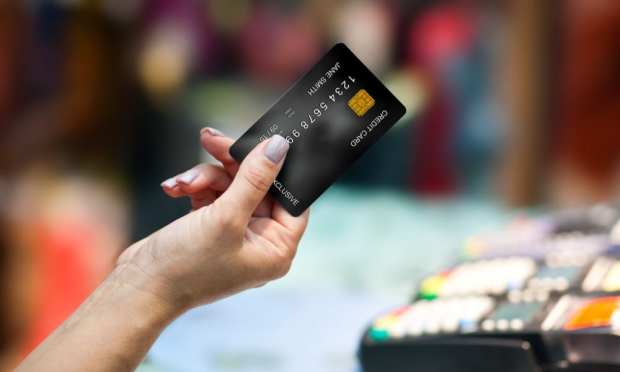Innovating Next-Gen Credit Solutions

A steady progression of credit throughout decades finds payments at a new frontier.
Traditional card products and the payment rails established to facilitate their transactions laid the groundwork for the dawning digital-first financial ecosystem, where consumer experience is first in line in terms of priorities. Collectively, digital developments point in positive new directions for people and financial institutions (FIs) at this historically decisive moment.
Looking to what’s next, Beyond the Card: Innovating the Next Generation of Credit Solutions, a PYMNTS and i2c collaboration, details four key trends driving innovation in consumer credit today – card ubiquity, cloud-based payments processing, mobile integrations and digital-first card programs – as well as new options in credit, risk and portfolio management.
“The foundation laid by card networks has given rise to the digital payments ecosystem, enabling a much wider and more diverse set of players to leverage those rails and expand access to a variety of credit products delivered via digital channels,” the report states.
“Financial institutions (FIs) and FinTechs are bringing new credit products to market with a speed and agility that would have been impossible just a few years ago, thanks largely to the capabilities and services offered by a new generation of payment processors.”
New World, New Possibilities
Card capabilities are evolving at a time when consumers are more financially literate than at any time in the past, which is causing shifts in when, why and how credit is used.
The new research “…suggests that a growing share of consumers are becoming ‘transactors’ rather than ‘revolvers,’ meaning they prefer to use credit cards because they offer value, such as loyalty incentives and convenience, rather than merely to make purchases they may not have the funds to cover,” according to the report. COVID’s impact on this remains unknown.
Along with card ideas come new banking concepts – neobanks, challenger banks, assorted FinTech lenders – “a $3 trillion market projected to grow by 40 percent between 2019 and 2025,” the report finds, underscoring the idea of not being left behind technologically.
“Cloud-based processors with agile platforms are allowing FIs, FinTechs and digital banks to effectively leapfrog legacy operations’ formidable technical hurdles and limitations,” the report states, “while application programming interface (API) integrations provide tokenizing credentials that enable payment information to be conveyed securely while running on existing rails.”
Alt-Credit: A Sign of the Times
Into the mix of digital cards and banks comes alternative credit, another payments innovation that’s taking the world by storm. The ability to instantly check creditworthiness or to offer services like daily payouts of earned wages offers a taste of the new market dynamics to come.
“Most consumers seek loans only for their biggest purchases, namely vehicles and houses, and paperwork and red tape often bog down the process,” the report states.
“POS financing enables buyers to apply for and obtain alternative financing options the moment they seek to purchase big-ticket items such as appliances. Solutions such as ‘installment loans’ provide simplified and more transparent payment and financing options, as the POS is also helping address delays and cash flow challenges in the B2B payments realm. These tools can enable companies to receive or make vendor payments almost immediately.”
